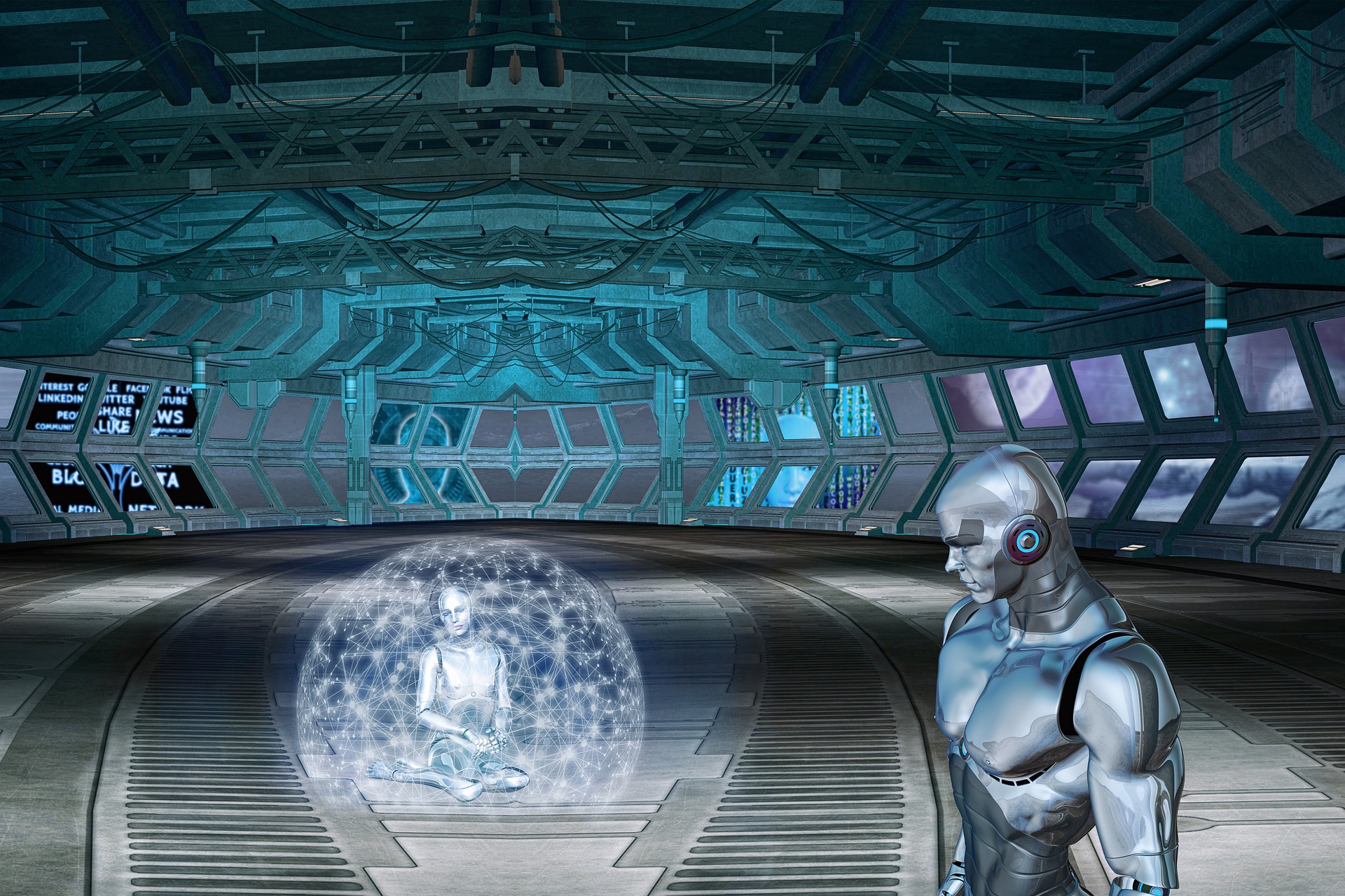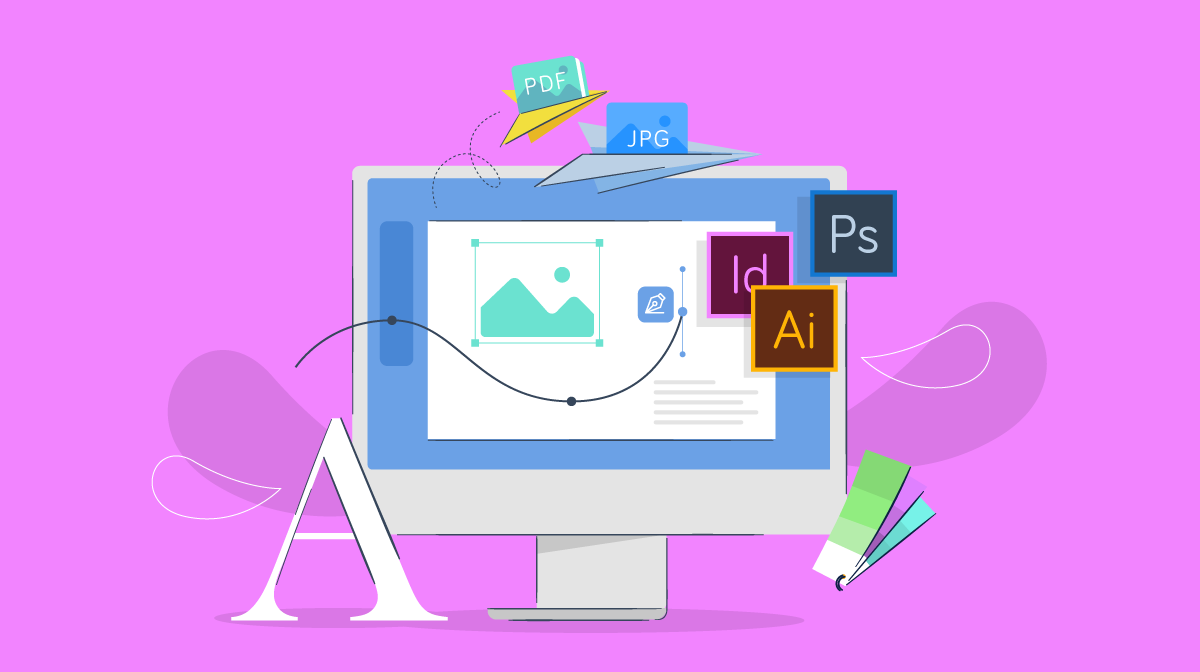What are futuristic technologies? The world we live in is rapidly evolving, and technology is at the forefront of this evolution. Futuristic technologies are those that are on the brink of becoming a reality or have already been introduced into society. These technologies have the potential to change the way we live, work, and interact with the world around us. In this article, we will explore some of the top futuristic technologies and their impact on society.
Artificial Intelligence (AI)
As we move towards a more digitally-focused world, AI is becoming increasingly prevalent. This technology uses algorithms and machine learning to simulate human intelligence, enabling machines to perform tasks that would typically require human intelligence.
AI is already being used in various industries, including healthcare, finance, and transportation. Its applications are vast and include chatbots, virtual assistants, and smart home devices. Some of the latest advancements in AI include:
Deep Learning:
A subset of machine learning that enables machines to learn from data and perform human-like tasks such as image and speech recognition.
Explainable AI: A newer form of AI that allows machines to provide explanations for their decision-making processes, making them more transparent and trustworthy.
General AI: A more advanced form of AI that can perform a wide range of tasks similar to those performed by humans.
Quantum Computing
Quantum computing is a futuristic technology that has the potential to revolutionize the way we process information. It operates on quantum bits or qubits, which have unique properties that allow them to perform calculations at an incredibly fast rate.
Quantum computing has numerous applications, including cryptography, drug discovery, and weather forecasting. Some of the latest advancements in quantum computing include:
Fault-Tolerant Quantum Computing:
A technique that allows quantum computers to maintain their accuracy and stability even when errors occur.
Quantum Machine Learning: A branch of machine learning that utilizes quantum computing to perform tasks such as data classification and regression analysis.
Quantum Internet: A future internet that utilizes quantum computing to ensure secure communication between devices.
Nanotechnology
Nanotechnology is a futuristic technology that involves the manipulation of matter on a molecular or atomic level. It has the potential to revolutionize the way we manufacture products, as well as improve the efficiency of energy production and storage.
Some of the latest advancements in nanotechnology include:
Nanorobotics:
The use of microscopic robots to perform tasks at the molecular level, such as delivering medication to specific cells in the body.
Carbon Nanotubes: Ultra-strong and lightweight materials that could be used in the manufacturing of airplanes, cars, and other transportation devices.
Molecular Manufacturing:
A future manufacturing process that uses nanotechnology to create complex products and materials at the molecular level.
Robotics
Robotics is a futuristic technology that involves the use of robots to perform tasks that would typically require human intervention. This technology is already being used in various industries, including manufacturing, healthcare, and agriculture.
Some of the latest advancements in robotics include:
Soft Robotics:
A newer form of robotics that utilizes soft materials to create robots that can perform tasks that require dexterity and sensitivity.
Swarm Robotics:
A technique that uses multiple robots to perform tasks in a coordinated manner, such as searching and rescuing victims in disaster zones.
Brain-Computer Interfaces: A future technology that would allow humans to control robots with their thoughts.
FAQs:
What are the benefits of futuristic technologies?
Futuristic technologies have the potential to improve efficiency, increase productivity, and reduce costs. They can also improve the quality of life for individuals by providing new and innovative solutions to everyday problems.
What are the challenges of adopting futuristic technologies?
One of the main challenges of adopting futuristic technologies is the high cost of development and implementation. Additionally, these technologies may require significant changes to existing infrastructure and processes, which can be time-consuming and difficult to manage.
How will futuristic technologies impact employment?
While futuristic technologies have the potential to create new job opportunities, they may also lead to the displacement of certain jobs. As technology continues to advance, it is essential for individuals to acquire new skills and adapt to changing job markets.
Conclusion:
In conclusion, what are futuristic technologies? They are the technologies that will shape our future and have the potential to transform the way we live and work. From AI to quantum computing, nanotechnology to robotics, the possibilities are endless. It is essential for individuals and businesses to embrace these new technologies and adapt to the changes they bring. By doing so, we can help ensure a brighter and more innovative future for us all.





